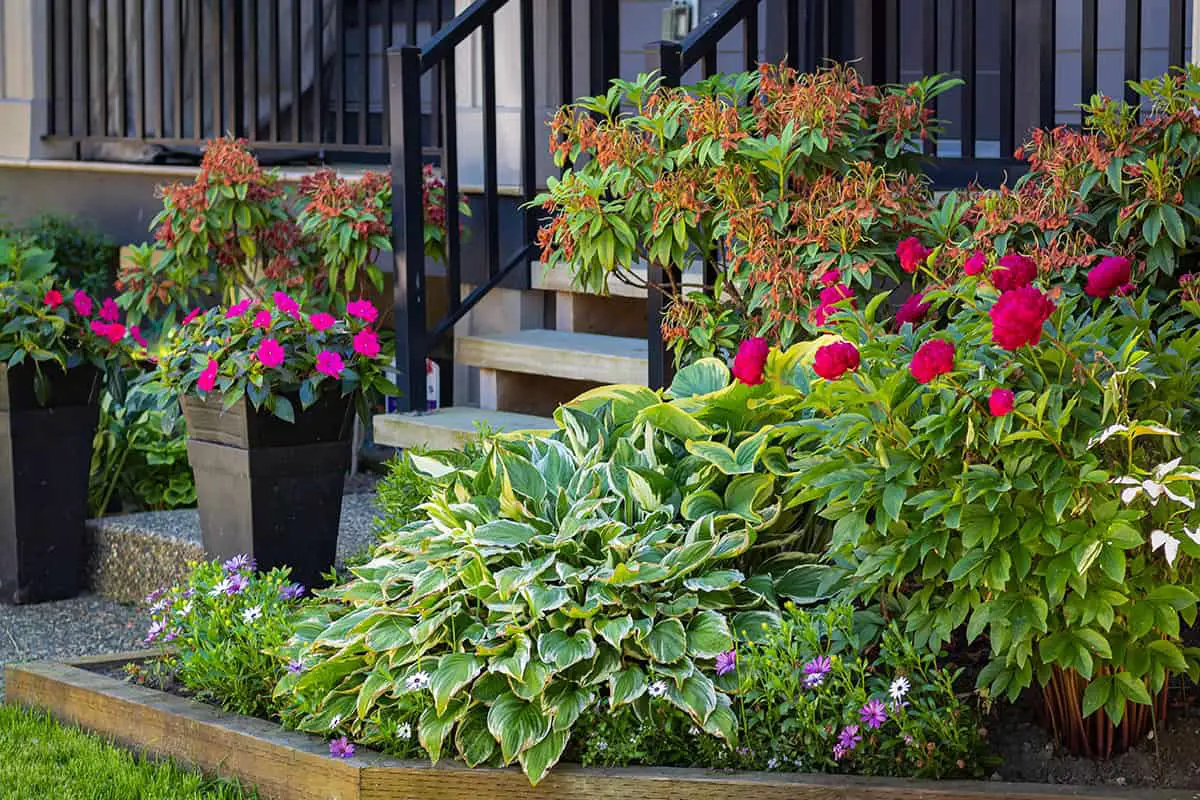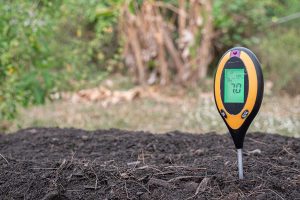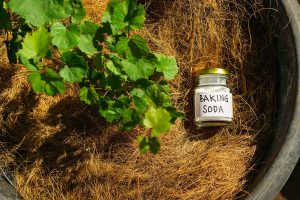You arrive home after a long day, and the sight of lush, vibrant plants on your front porch instantly makes you feel more relaxed and welcomed. The right plants can transform your porch into a cozy, inviting space. Discover the best plants to choose for your front porch to ensure it looks beautiful and inviting all year round.
Table of Contents
Geraniums
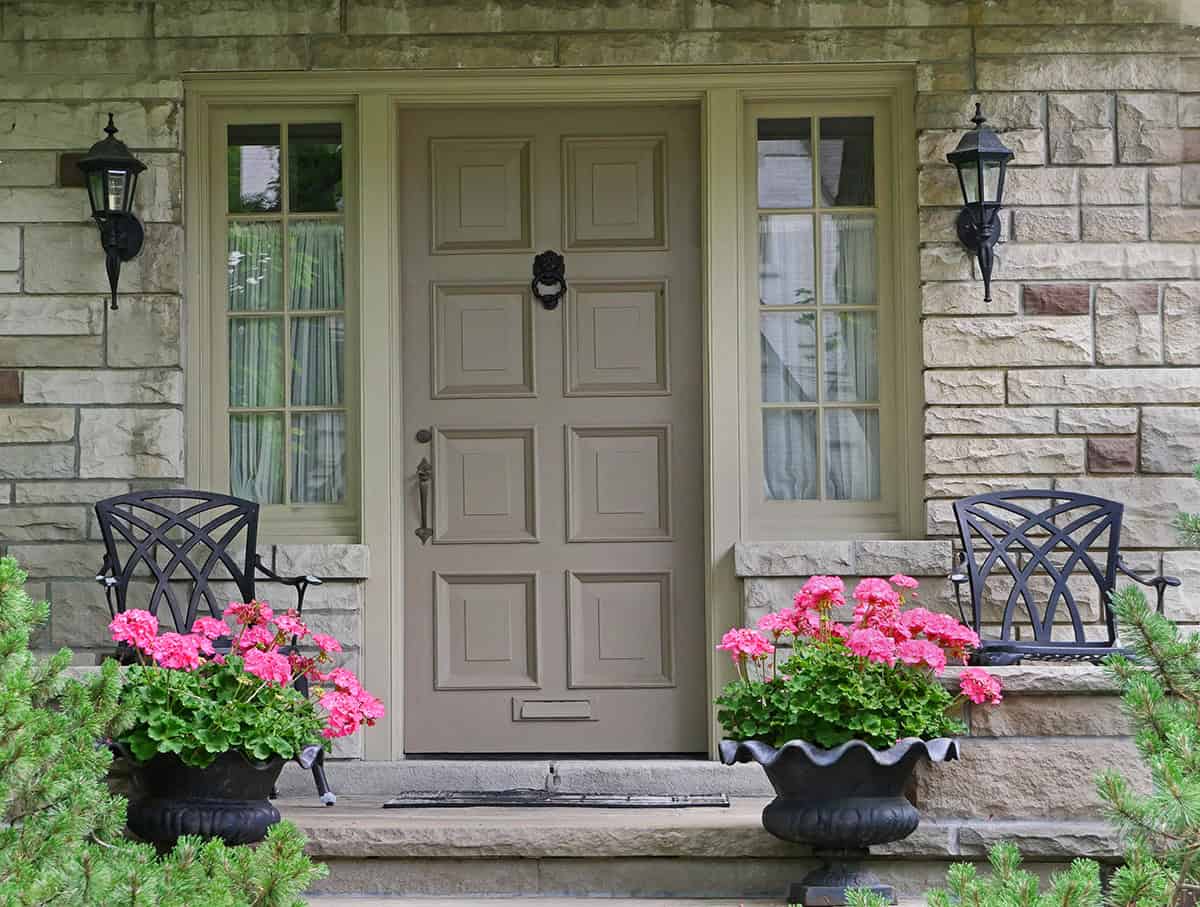
Geraniums are ideal for your front porch. These plants offer vibrant blooms and a welcoming feel. They come in various colors such as red, pink, violet, and white. Your porch can have a lively touch with geraniums.
They thrive in containers or hanging baskets. You need to place geraniums in a spot that gets at least six hours of sunlight daily. They perform best in well-draining soil and require regular watering. However, allow the soil to dry between waterings.
Hardy geraniums can withstand cooler temperatures. Check if they suit your local climate. They can last through the winter in some regions. For continuous blooms, remove spent flowers and fertilize lightly every two weeks.
Keep in mind, geraniums are more than just pretty flowers. They also repel mosquitoes, which makes them functional as well as attractive. Place them close to seating areas for the best effect.
Choose the right geranium variety for your front porch. Some are scented, and others bear larger blooms. For instance, Geranium ‘Rozanne’ offers large blue flowers and a long blooming season.
Lastly, geranium care is simple. Watch for signs of over or under-watering. The leaves will tell you if they need more or less.
Petunias
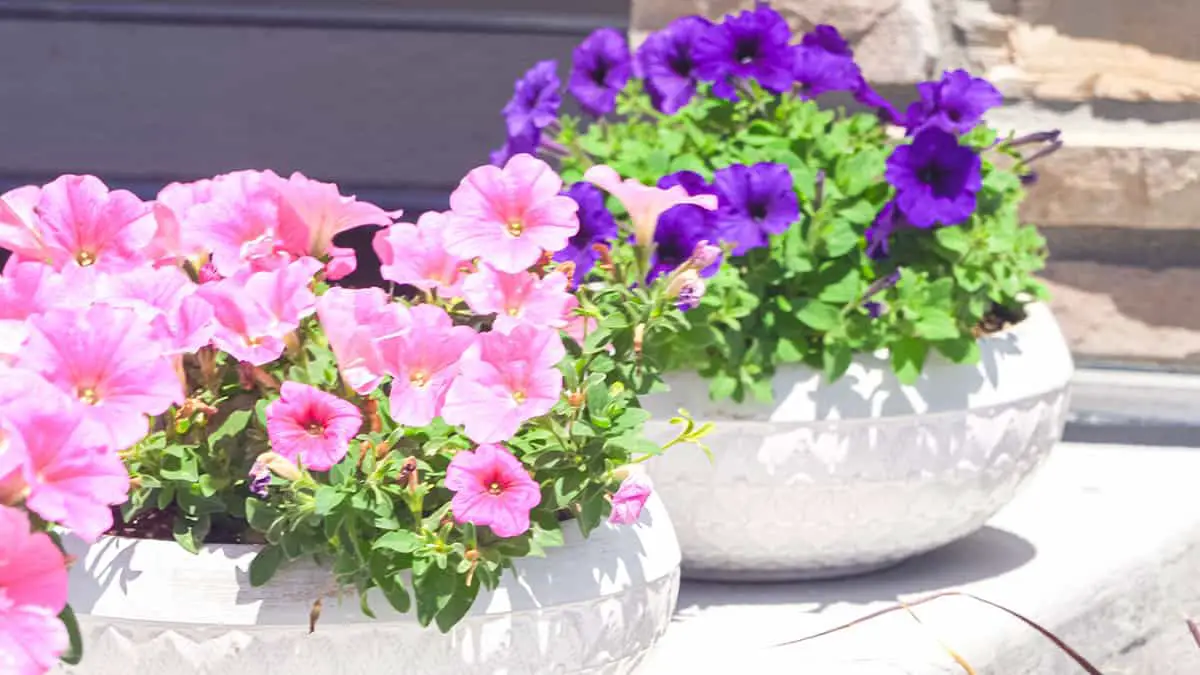
When choosing the best plants for your front porch, petunias are a top selection. They thrive in containers and hanging baskets, adding vibrant color and life to your entryway. Petunias require sunlight to flourish. Ensure they receive at least six hours of direct light each day for optimal growth.
Petunias are renowned for their variety. You find them in many colors, shapes, and sizes. From rich purples to bright yellows, they match any home’s aesthetic. It’s essential to pick healthy petunias. Look for compact, bushy plants, as tall and thin ones might need more time to fill out.
Caring for petunias is straightforward. Water them when the soil feels dry and remove faded flowers to encourage new blooms. The temperature is crucial too. They prefer cooler nights, ideally between 55 to 65 degrees Fahrenheit, which makes them great for both warm and moderate climates.
Petunias blend well with other plants. Pair them with foliage that complements their texture and color for a stunning display. Remember, petunias perform best when not overcrowded. Space them adequately in your porch planters to let them spread and thrive.
Lavender
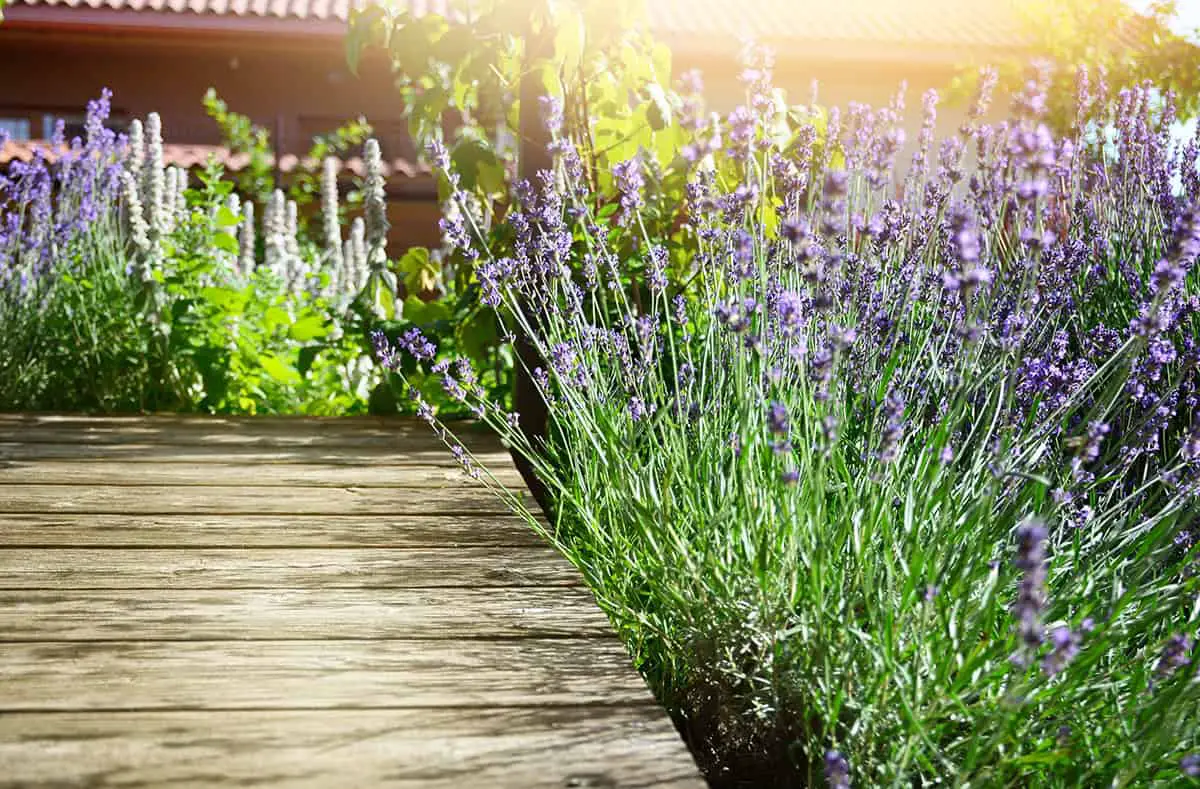
Lavender adds charm to your front porch with its soothing scent and vibrant blooms. This plant thrives in full sun, which makes it an excellent candidate for a sunny porch environment. Opt for hardy lavender varieties to enhance the curb appeal of your home.
Your porch will benefit from lavender’s array of colors, from white to deep purple. This plant prefers slightly alkaline soils. Be mindful of watering practices. Giving lavender too much water can harm it, as it favors well-drained conditions.
In colder regions, protect your lavender plants from harsh winters. Position them near a structural windbreak such as a fence or house side. This care ensures the lavender endures the cold season and flourishes each year.
You should prune lavender annually to maintain its shape. This also encourages steady growth. When the blossoms appear, they attract bees and other pollinators, adding life to your porch area.
Impatiens
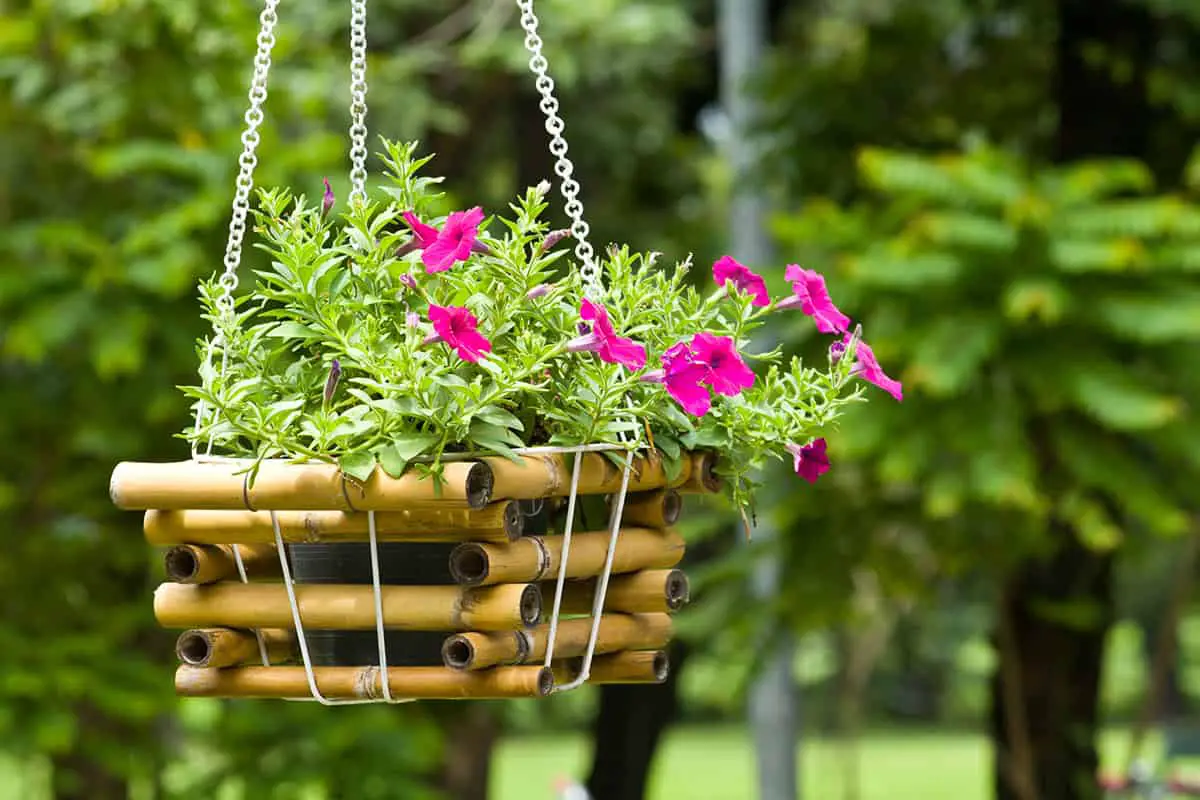
Impatiens are a colorful choice for your front porch. These flowers thrive in shaded areas, making them suitable if your porch doesn’t get much sunlight. Known for their vibrant hues, they bring life to any space.
You can place impatiens in containers or hang them in baskets. With glossy leaves and a range of colors available, they complement many design styles. Their size is manageable, as they commonly reach 12 to 18 inches tall.
To care for impatiens, ensure you provide moist, well-drained soil. Regular watering keeps them looking fresh. These plants are also self-cleaning, so there’s no need to remove old blooms.
By choosing impatiens, you create a welcoming atmosphere. Their simple requirements and brilliant appearance make them a stand-out addition to your porch.
Ferns
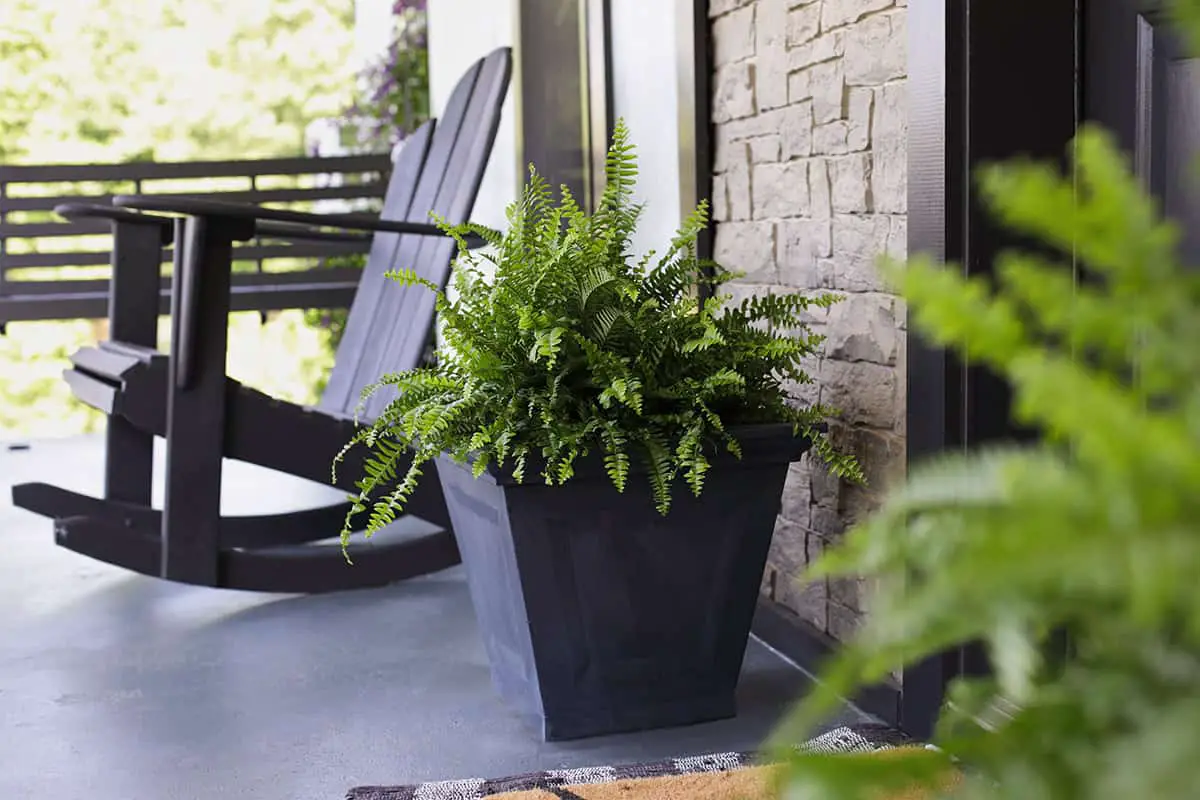
Ferns enhance your front porch with their lush greenery. You can choose them for their shade tolerance and easy care. Most ferns thrive with minimal sunlight, making them ideal for covered porches. They require regular watering and well-draining soil to stay healthy.
For a welcoming porch, try hanging baskets of ferns. They add vertical interest and draw the eye upward. Planters with ferns can flank your front door for symmetry. Their leaves, called fronds, create a textured appearance.
You can mix ferns with other shade-loving plants. They offer variety in color and form. Ferns also purify the air, contributing to a cleaner porch environment.
Select ferns that fit your porch space and local climate. Some ferns grow large, while others maintain a compact size. Hardy ferns, like the autumn fern, change colors with the seasons, from green to bronze.
To keep your ferns looking great, prune dead fronds promptly. This allows new growth and maintains a tidy appearance.
Begonias
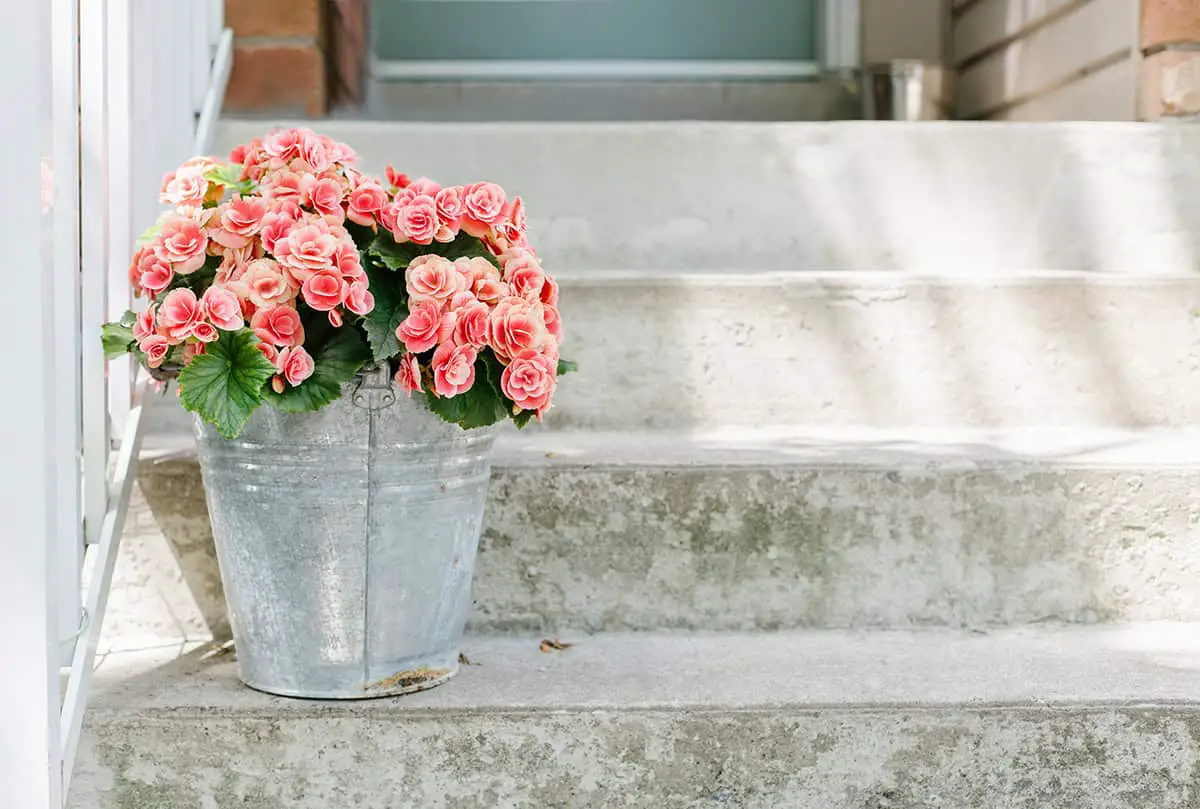
Begonias are excellent plants for your front porch. They provide continuous blooms throughout the summer, thriving both in the sun and shade. With their lush foliage and vibrant flowers, begonias enhance the welcoming appeal of any entryway.
When you choose begonias for your porch, consider the available light. These plants do well in varied lighting conditions, with certain types like Dragon Wing begonias even capable of handling full sun. For shaded porches, traditional wax begonias offer lush greenery and bursts of color.
These plants also adapt well to container gardening. This versatility means you can display them in hanging baskets or as standalone features in pots. For a strong visual impact, plant tuberous begonias, are known for their large, showy flowers.
Care for begonias involves regular watering while ensuring good drainage. Keep the soil consistently moist, and remove any dead leaves or flowers to promote new growth.
Salvia
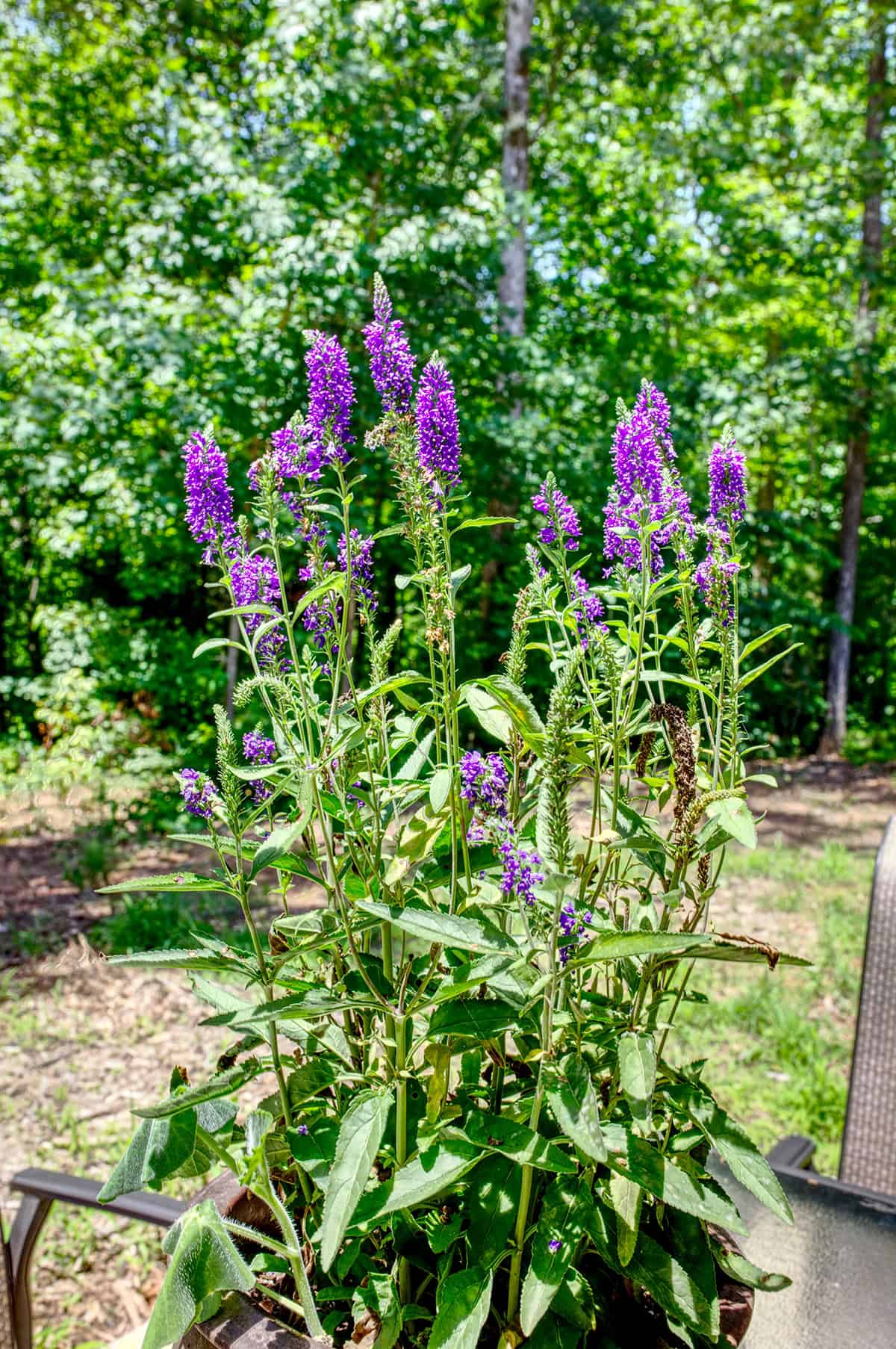
Salvia plants beautify your front porch with vibrant blooms. These perennials flourish in various climates. Known for their hardiness, salvias require minimal care. Plant them in well-drained soil and ensure they receive full sun to partial shade.
Salvias adapts well to a range of conditions. They tolerate both heat and chill. In hot areas, common sage (Salvia officinalis) thrives with its attractive gray-green leaves and purple flowers. For cooler zones, Salvia nemorosa adds charm to your porch.
Your salvia will invite pollinators. Transform your front porch into a pollinator paradise. These plants are essential in nurturing local ecosystems.
Gardeners value salvia for its deer resistance. Include these plants in your landscape to deter deer. Their natural resilience makes them an excellent choice for vibrant and worry-free porch displays.
To maintain your salvia, prune dead stems after the first frost.
Coleus
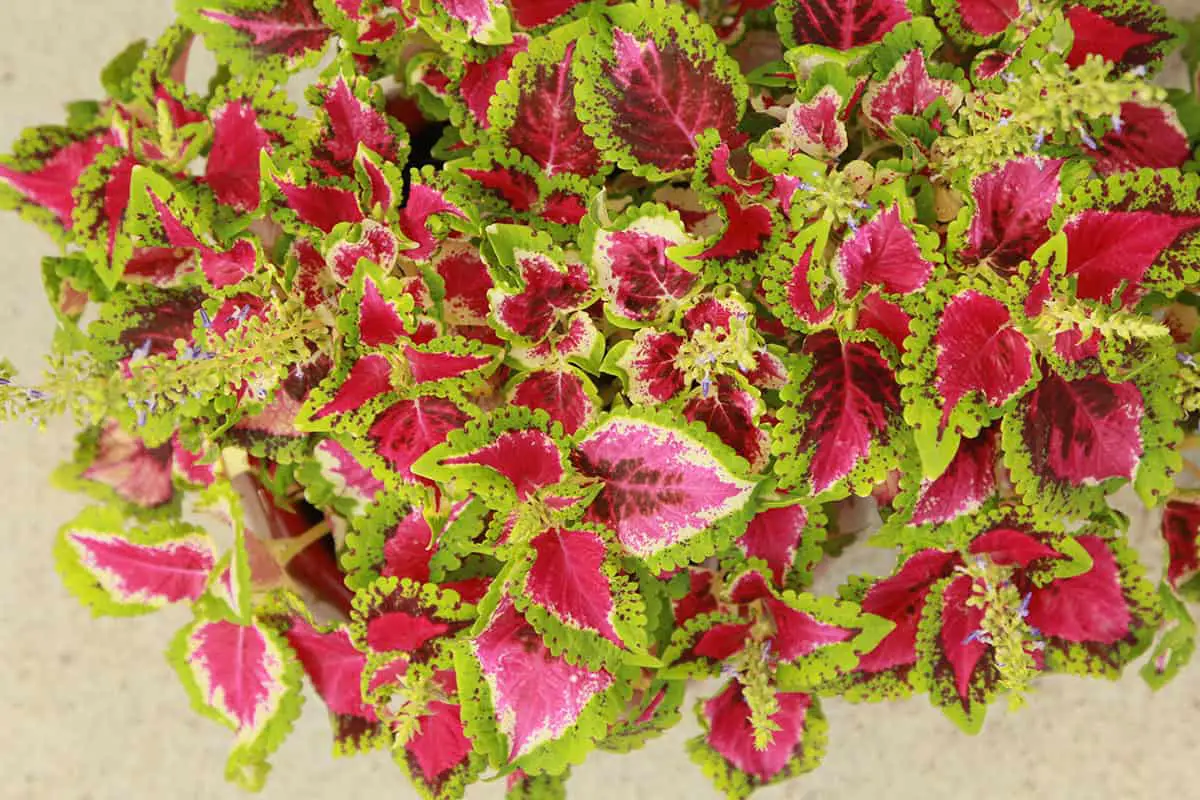
Your front porch can come to life with the vibrant colors of Coleus. This plant is known for its striking foliage. Coleus leaves burst in shades of green, pink, red, and yellow. They require little care and thrive in varied conditions.
Coleus is a heat-tolerant plant, perfect for warm climates. It can grow in both shade and sun, depending on the variety. You will find it adds character to your front porch space. This adaptable nature makes Coleus a favorite among gardeners.
For the best leaf color, provide Coleus with some morning sun. Too much shade can dull the colors of the leaves. Coleus can be grown in pots or directly in the ground. This flexibility allows you to use Coleus in multiple design scenarios.
Water Coleus regularly to keep the soil moist. Avoid overwatering to prevent root rot. Coleus plants can be pruned to maintain shape. This also encourages bushier growth, making them fuller and more appealing.
Snapdragons
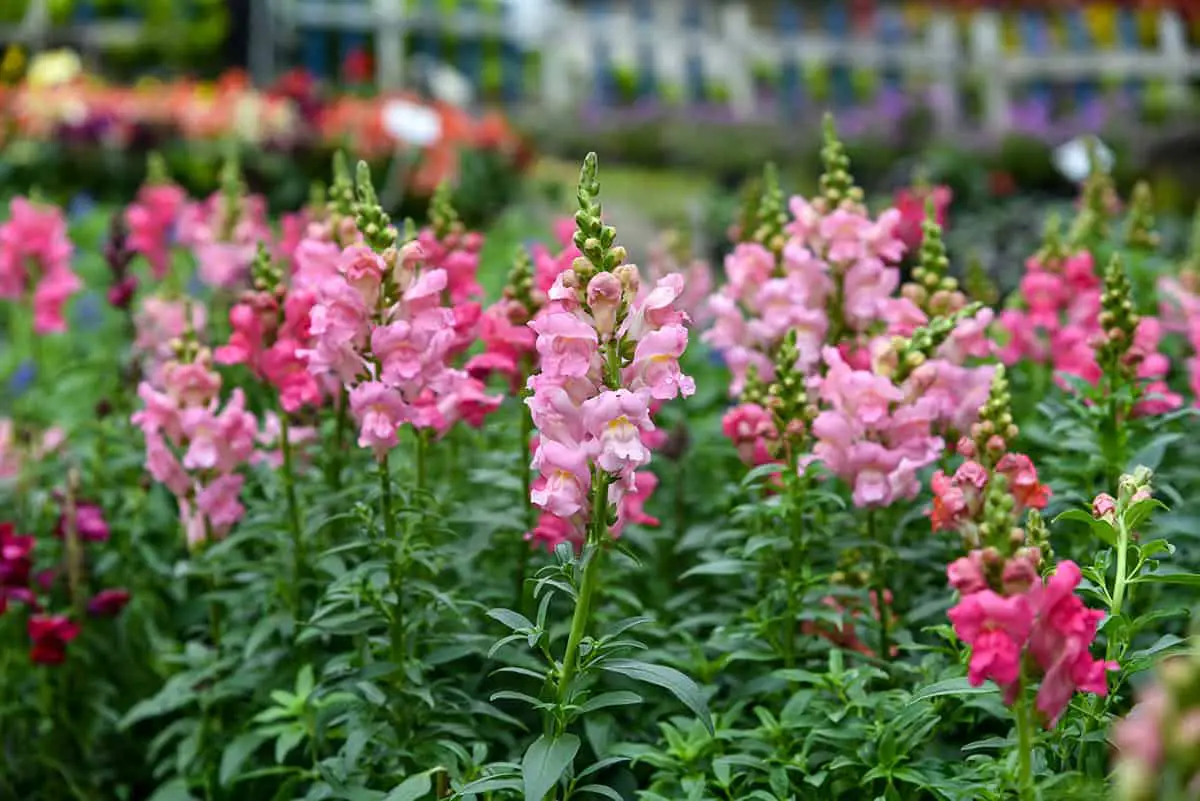
Snapdragons bring lively color to your front porch. With a range from six inches to three feet, they fit any space. Their blossoms come in many hues. You can add a vibrant touch to your home’s entrance with these plants.
These flowers thrive in cool temperatures. They prefer nightly lows in the 40s and daytime highs around 70 degrees. Ideal for a fall display, snapdragons stay robust throughout winter in many regions. Be sure to choose a spot on your porch that receives ample sun.
Care for snapdragons is straightforward. They require well-drained soil, moderate watering, and occasional fertilizer. Regular deadheading encourages more blooms. For taller varieties, provide support to keep them upright.
Marigolds
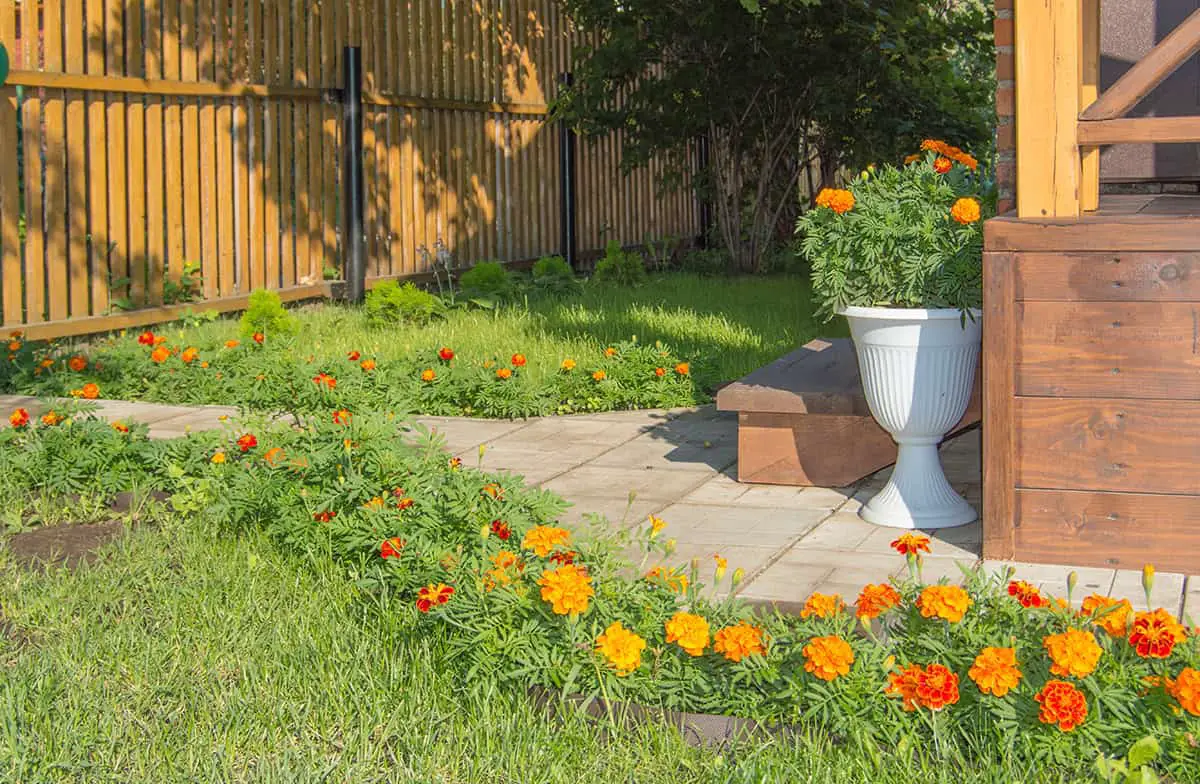
Marigolds brighten your front porch with vibrant colors. Easy to grow, these flowers offer a cheerful welcome. They thrive in full sun, requiring little care once established. You’ll find marigolds perfect for busy lifestyles.
These flowers support local ecosystems. By planting marigolds, you aid pollinators. They are available in various colors and sizes, suiting any design scheme. Opt for marigolds to create a lively outdoor space.
Marigolds suit most soil types but prefer well-draining conditions. They resist pests, making them ideal for gardeners seeking low-maintenance plants. Their hardiness ensures a long blooming season, from spring to fall.
Their height ranges from a few inches to over a foot. This allows for flexible design choices on your porch. Combine marigolds with low-light plants for a dynamic contrast. They make excellent companions to darker foliage.
Zinnias
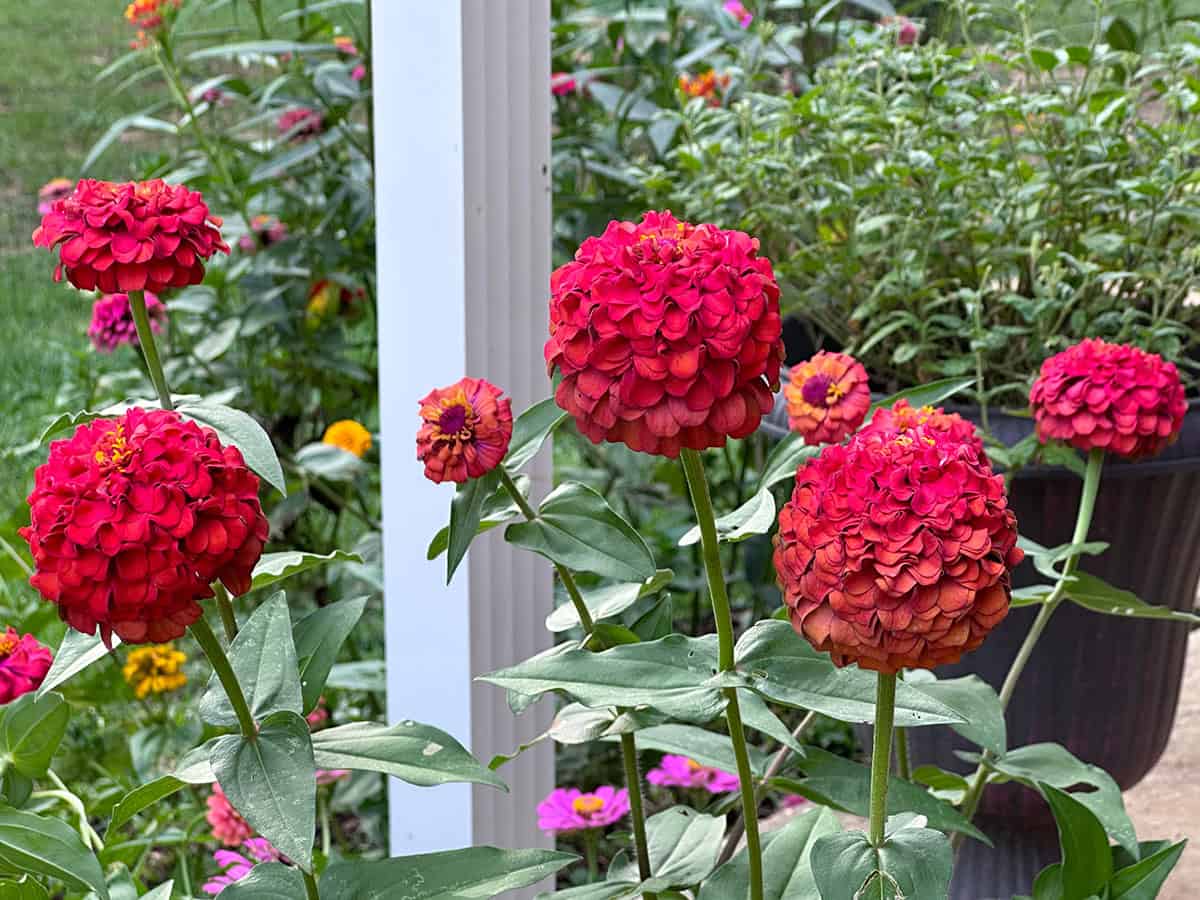
Zinnias are a vibrant choice for your front porch. They offer a range of colors and a robust nature, making them perfect for a welcoming display. With their bright blooms, zinnias can enhance the curb appeal of your home. They thrive in full sun and can tolerate some drought.
You need well-drained soil for these flowers. Start with seeds or young plants in late spring. Space them properly to prevent mildew. Zinnias need about 6 to 18 inches between plants, depending on the variety.
Water your zinnias regularly. Keep the soil moist but not soggy. These plants will bloom from early summer until the first frost. Fertilize lightly; too much can decrease flowering.
Zinnias come in many shapes and sizes. You’ll find flowers from 1 inch to 7 inches in diameter. Heights range from 6 inches to 4 feet. Colors span from white and pastel to vibrant reds and purples. Look for varieties like ‘Profusion’ or ‘Thumbelina’ for smaller pots.
Calibrachoa
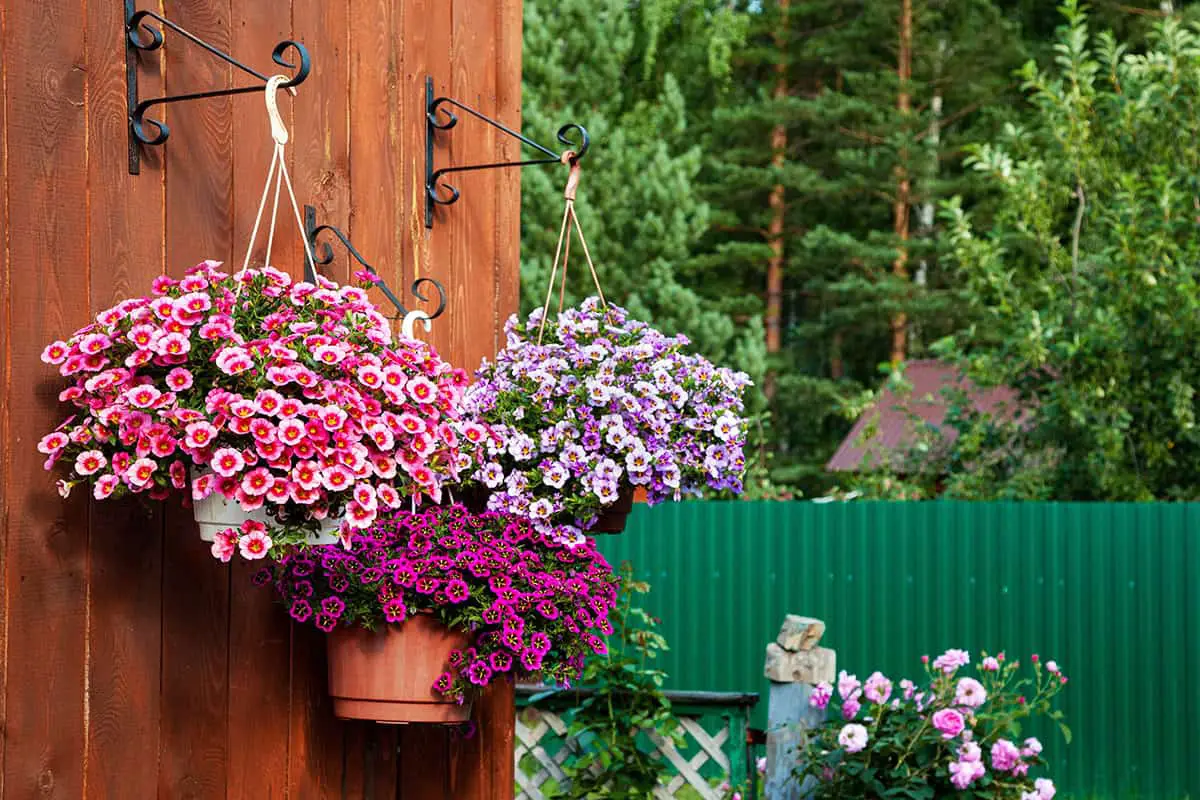
Calibrachoa plants adorn your front porch with vibrant colors. They resemble tiny petunias, often referred to as million bells for their abundant blooms. These flowers make a stunning display in hanging baskets or containers, cascading beautifully over the edges.
Your porch benefits from Calibrachoa’s versatility. They thrive in well-drained soil and full sun, ensuring a hearty growth throughout the season. Choose from a spectrum of shades to match your home’s exterior. These plants require minimal effort, no deadheading needed for a fresh look.
Calibrachoa’s growth habit is compact. They reach a manageable height of 6-12 inches, ideal for front porch decor. For a lush display, pair them with complementary foliage. They provide continuous blooms from spring to frost, offering long-lasting curb appeal.
Alyssum
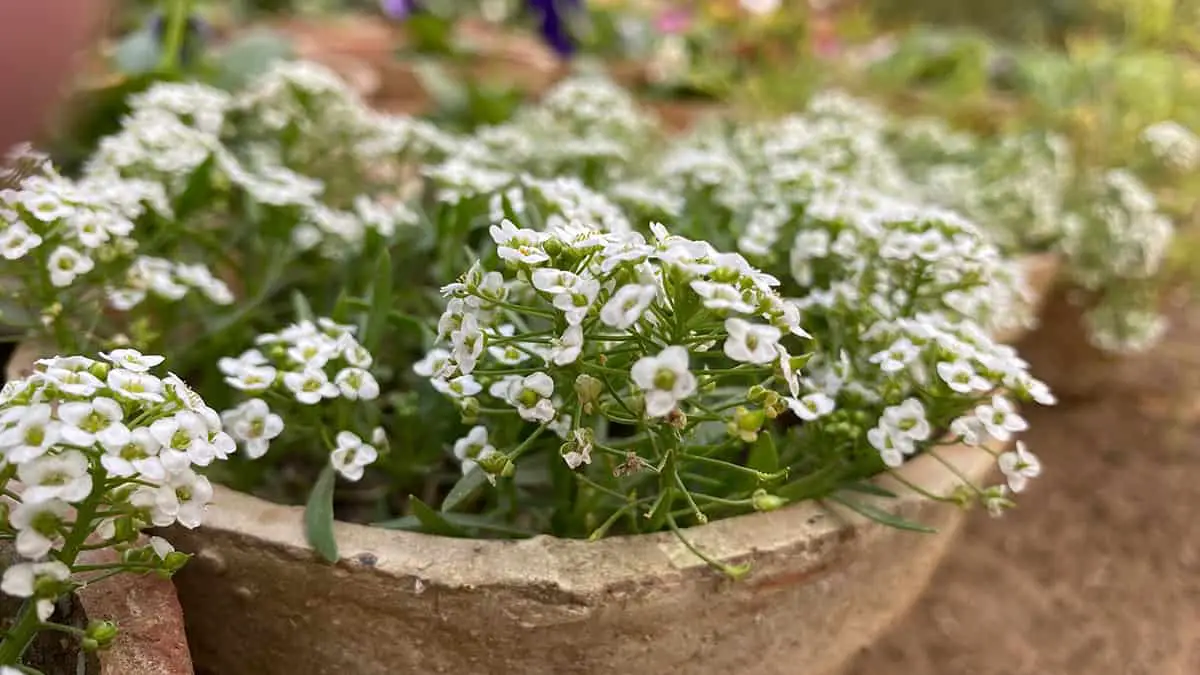
Alyssum shines as a charming option for your front porch. You’ll appreciate its delicate honey scent and small, clustered flowers. Lobularia maritima or sweet alyssum grows best in cooler weather. This plant needs sunlight but tolerates partial shade.
Your porch can stay colorful with alyssum’s white, pink, or purple blooms. It’s easy to grow alyssum from seed outdoors before the last frost (Clemson University). Or you can start seeds indoors. They need light to germinate. Expect blossoms within two months.
Alyssum suits well-drained soil and requires regular watering (University of Florida). With minimal care, it thrives. It generally resists pests and attracts pollinators. You’ll find alyssum is deer-resistant as well.
Selecting alyssum for your porch brings a low-maintenance touch. It adds character to containers and hanging baskets. Its low-growth habit ensures it doesn’t block your view.
Pansies

Pansies are ideal for your front porch. These flowers bring color to your entryway early in spring. They can also handle a bit of cold, which makes them resilient. Pansies are known for their broad color palette and heart-shaped petals.
You’ll find pansies thrive in rich, well-drained soil. Amend your soil with organic matter like manure or peat moss. Ensuring a depth of 6 to 8 inches gives their roots room to grow. This preparation leads to robust and vibrant plants.
Plant these blooms for a festive touch in cooler seasons. Pansies can withstand a freeze with the appropriate care. They’re typically planted in early spring or fall for optimal growth.
Keep them moist, especially before a frost. Your pansies will need regular watering. But take care not to overwater. Achieve the best results by striking a balance with soil moisture.
Place pansies where they will receive sufficient sunlight. They generally prefer a south-facing spot. This orientation promotes abundant blooming.
Ornamental Grasses
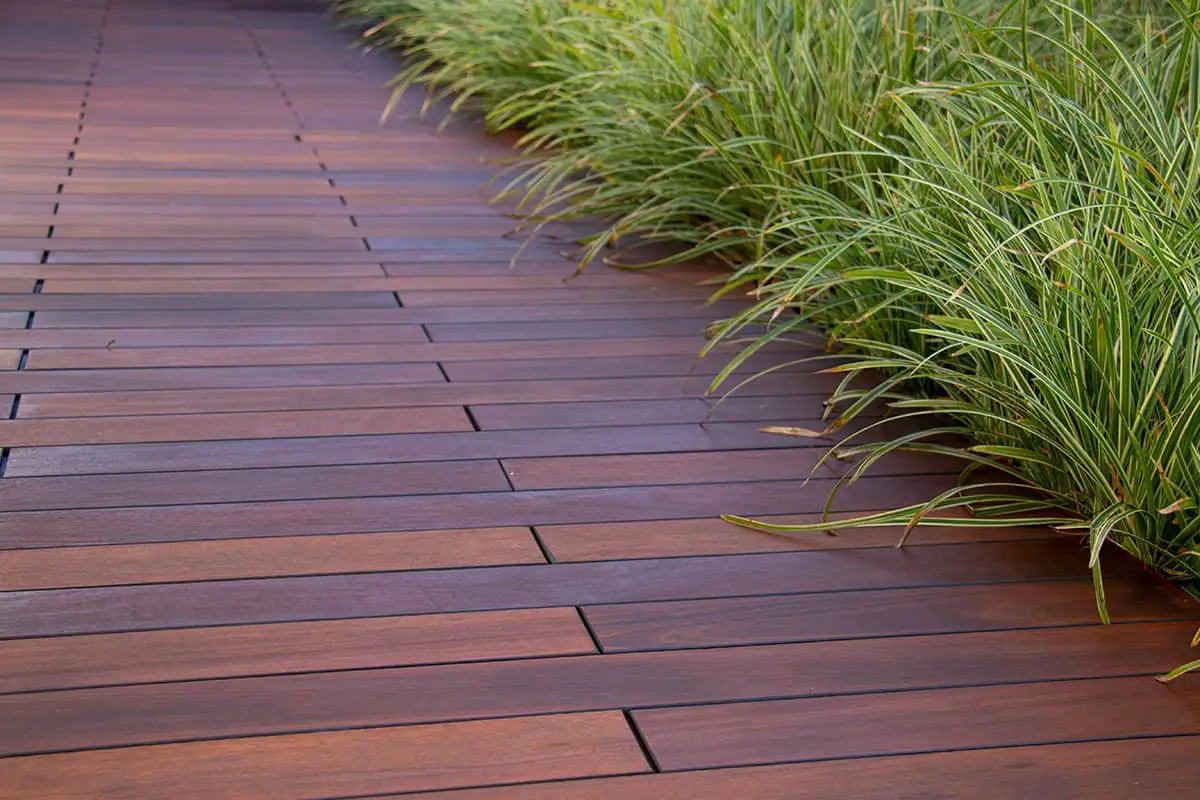
Ornamental grasses can enhance your front porch with elegance. These plants offer texture and movement. They require little care, making them ideal for busy homeowners. Choose varieties that fit your porch’s size and sunlight exposure.
For small spaces, consider compact types like Blue Fescue. Its blue-green hue creates striking accents. For larger areas, Maiden Grass adds dramatic height. It sways gracefully in the breeze and offers a soft, feathery look.
Select grasses that are perennial in your climate. They will return each year. Some provide seeds for birds, supporting local wildlife. The perennial varieties may also offer year-round interest with foliage that changes color across seasons.
When planting, ensure good soil drainage. Most ornamental grasses prefer this. Water them until established. Then, they will typically thrive with less moisture. Yearly pruning keeps them looking their best. Cut them back in late winter for fresh spring growth.
Succulents
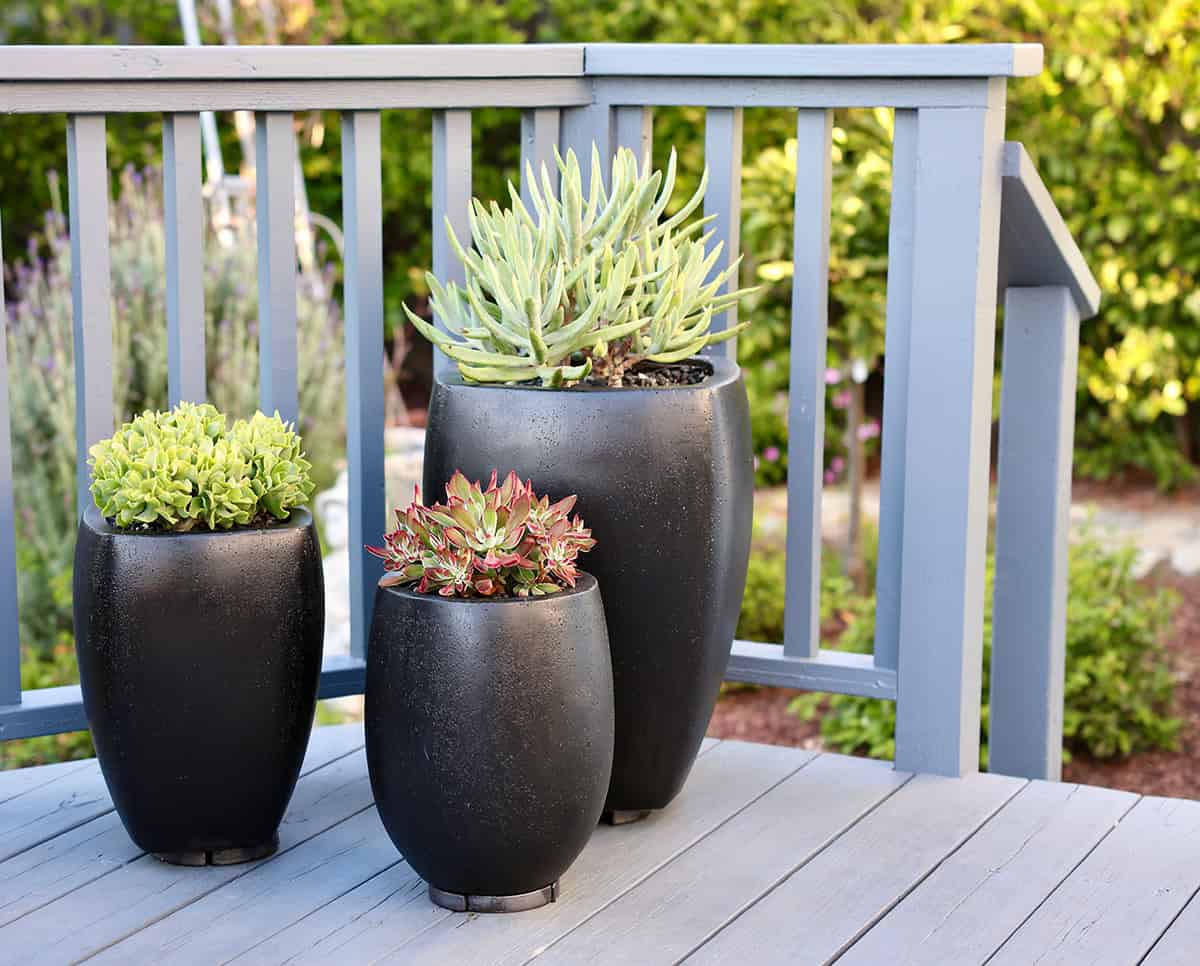
Succulents are ideal for your front porch. These plants thrive with minimal care. You need only provide them with plenty of sunlight and sporadic watering. Their diverse forms and colors complement any porch style.
Succulents store water in their leaves. Ensure the soil dries out completely between watering. This prevents root rot and keeps your plants healthy.
Arrange succulents where they receive ample sunlight. Most species prefer at least six hours of sun per day.
These plants cope well with a variety of temperatures. Nevertheless, protect them from extreme cold, which can damage or kill them.
Choose pots with drainage holes to avoid excess water accumulation. Pair your succulents with suitable containers that match your porch’s decor.
When purchasing succulents, enhance your collection with well-rated varieties found online. When choosing a place to buy, always consider online reviews and ratings. Prioritize healthy plants with a strong root system.
Nasturtiums
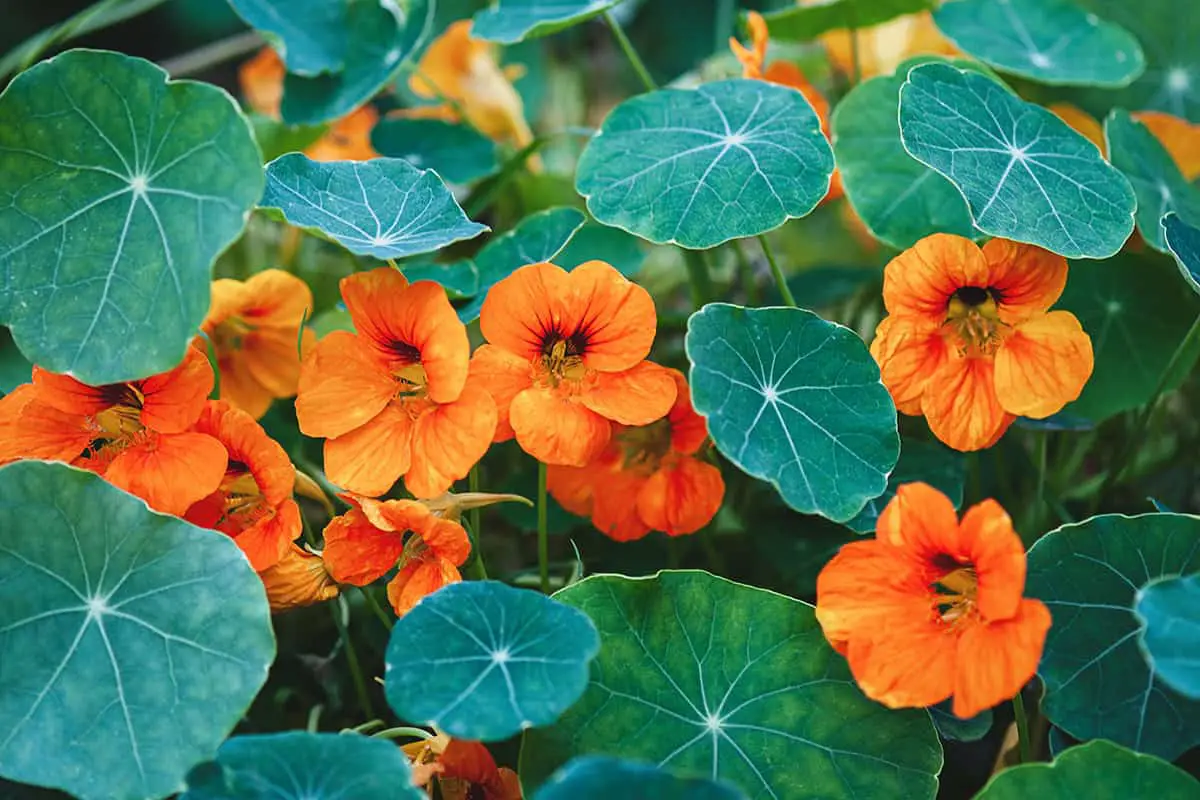
Nasturtiums brighten your front porch with vivid colors. Their round leaves and vibrant flowers create an inviting look. You can grow trailing or dwarf varieties to suit your space. Make sure you plant them in a sunny spot for optimal bloom.
Nasturtium flowers come in hues of yellow, orange, and red. Their easy-to-grow nature makes them ideal for beginners. Plant nasturtium seeds directly in the soil or a pot. With just basic care, they will thrive and provide long-lasting appeal.
These plants do more than just beautify. Nasturtiums help support local ecosystems by attracting pollinators. Your porch garden can play a role in sustaining biodiversity.
Dusty Miller
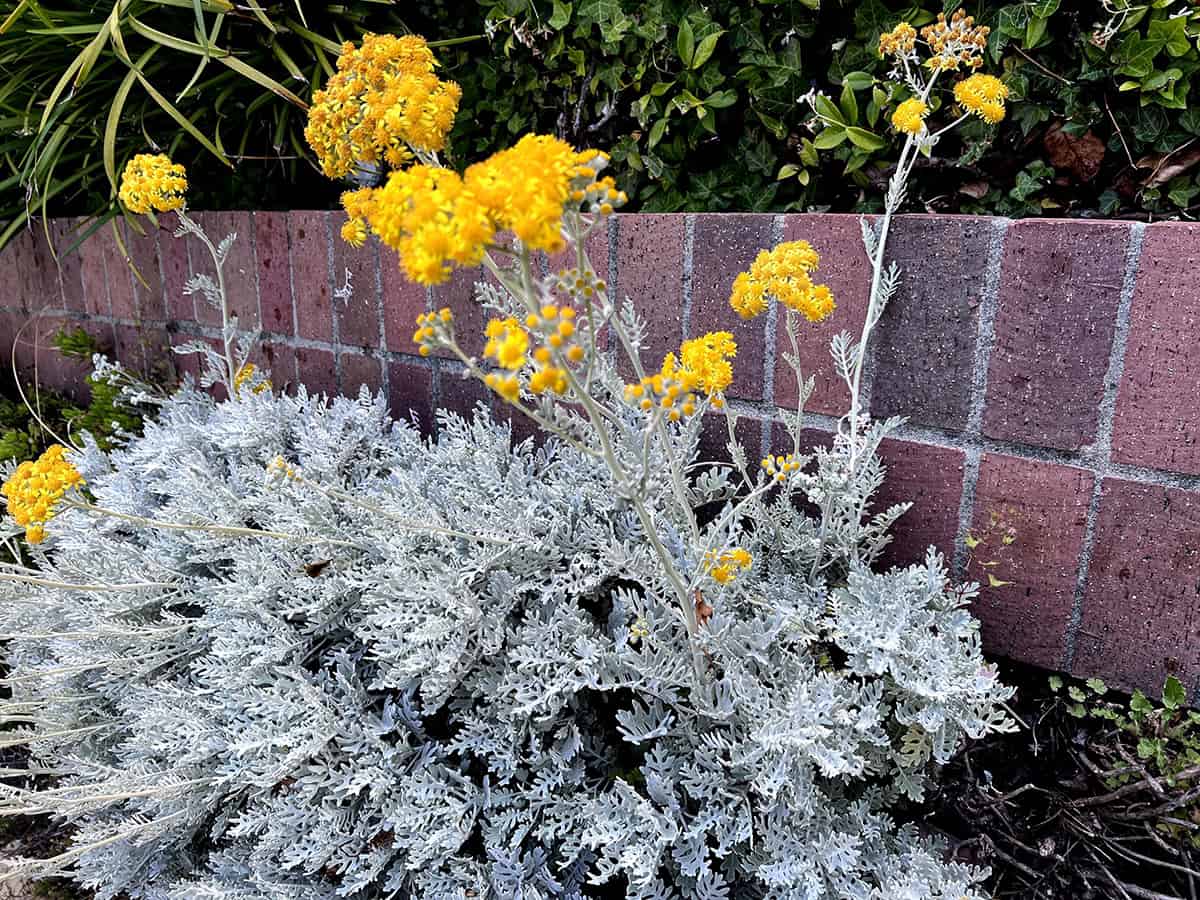
Dusty Miller is a striking plant for your front porch. Its silver foliage brightens any space. It’s low-growing, reaching up to twelve inches tall. This makes it ideal for edges and borders.
The leaves of Dusty Miller have a soft, felt-like texture. They are deeply lobed, resembling ferns. In full sun and well-drained soil, this plant thrives. Even in poor soils, it endures.
For a hardy, drought-tolerant choice, consider Dusty Miller. Once established, it requires minimal watering. Deer tend to avoid it, a bonus for your garden.
Propagate Dusty Miller from seeds or cuttings in the summer.
Sweet Potato Vine
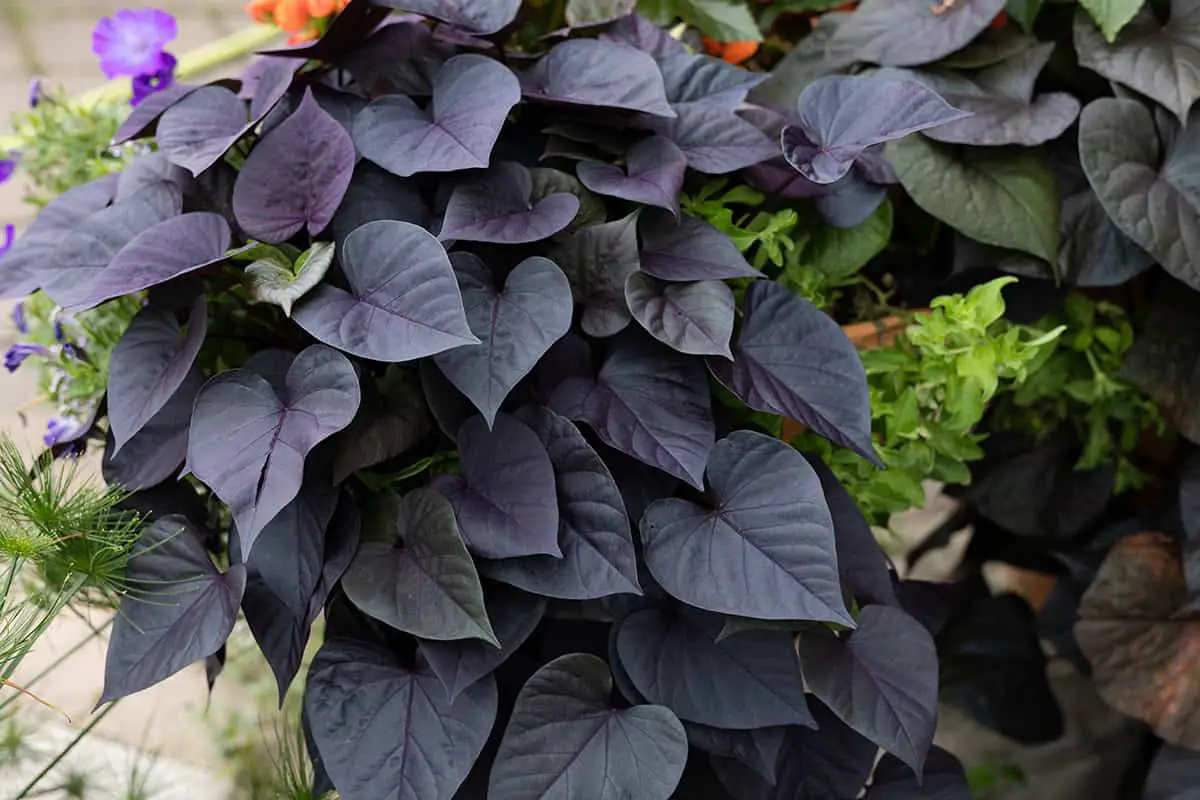
Your front porch can shine with the addition of Sweet Potato Vine. This plant brings vibrant leaves and a lush look. It flourishes in the warmth of summer days. When you choose it for your porch, expect a bold splash of color.
Sweet Potato Vines are ideal for containers. They cascade over the edges, creating a dramatic effect. Your pots can contain them, shaping an eye-catching display. This vine’s adaptability makes it a favored choice.
Managing this plant is straightforward. Provide it with sunlight and room to spread. With proper care, you’ll see growth swiftly. Regular trimming keeps it within boundaries. This approach helps maintain a neat porch presentation.
Planting Sweet Potato Vine invites a robust grower. It roots where stems touch soil. So, ensure it has space to thrive without overtaking other plants. It’s a versatile vine, ideal for both aesthetics and practicality on your porch.
To cultivate bush varieties like ‘Porto Rico’ or ‘Vardaman’, give them at least 2 feet per plant. They are less expansive and easier to manage than others.
Hydrangeas
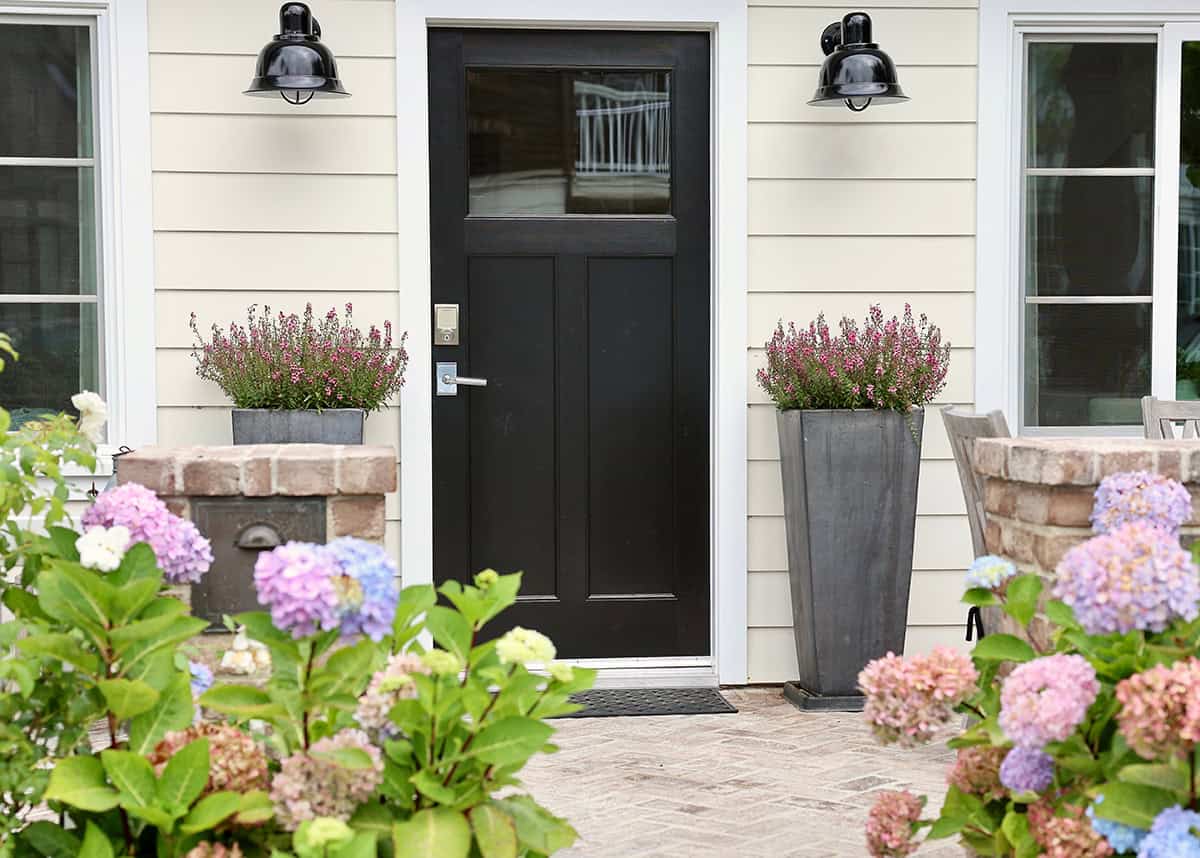
Hydrangeas bring vibrant colors to your front porch. They thrive in moist soil and can bloom from spring to fall. Your choice of hydrangeas can range from pinks to blues, depending on the soil’s acidity.
Planting hydrangeas in pots allows for easy soil pH control. For blue flowers, aim for a soil pH lower than 6.0. This makes aluminum available to the plants, resulting in a blue hue. In more alkaline conditions, the blossoms turn pink.
Care for these shrubs involves minimal fertilization. They require small amounts of fertilizer throughout the growing season. To ensure success, water them regularly and provide partial shade.
For your front porch, select a variety that fits the space. Some hydrangeas can grow quite large, while others like the dwarf hydrangeas are more suitable for confined areas.
